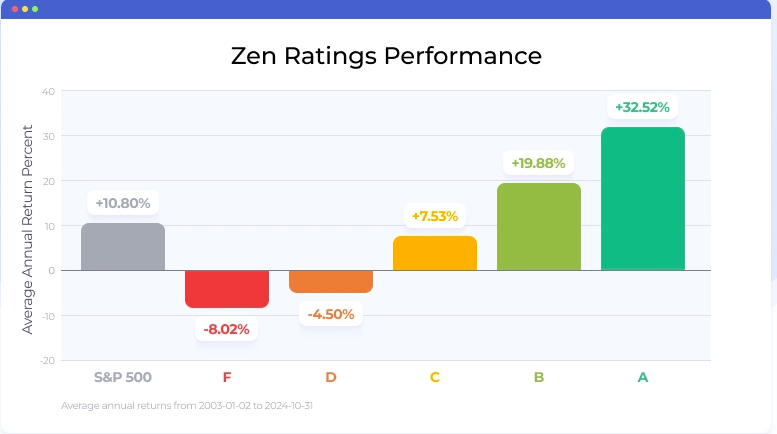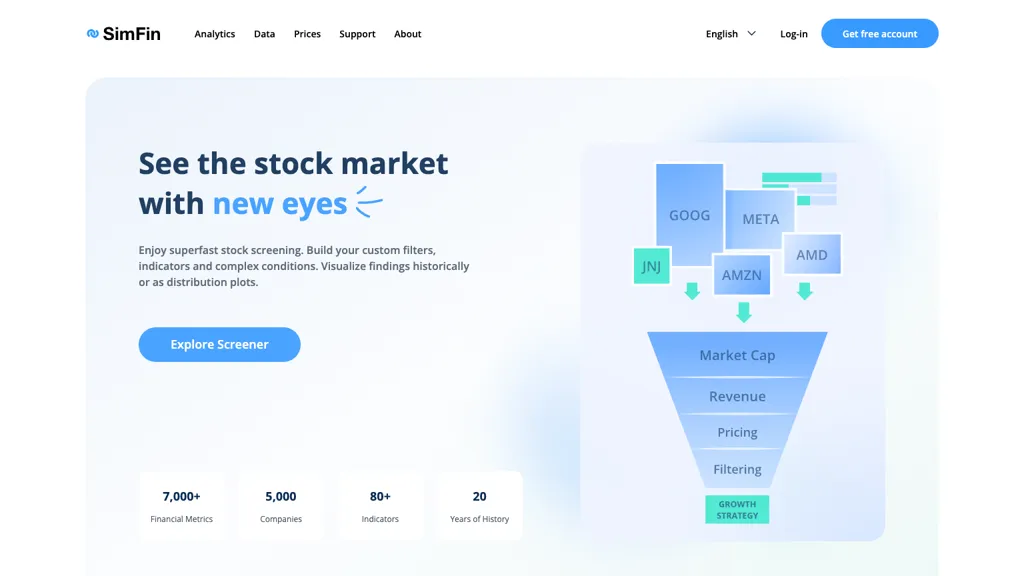The AI and machine (ML) model used by stock trading platforms and prediction platforms should be evaluated to ensure that the data they provide are precise trustworthy, useful, and applicable. Models that are poorly constructed or overhyped could lead to inaccurate forecasts and financial losses. Here are ten of the best ways to evaluate the AI/ML models of these platforms.
1. Understanding the purpose of the model and the way to approach
A clear objective: Determine if the model was designed for trading in short-term terms, long-term investments, sentiment analysis or risk management.
Algorithm disclosure: Check whether the platform is transparent about the algorithms it employs (e.g. neural networks and reinforcement learning).
Customizability. Assess whether the parameters of the model can be adjusted to fit your specific trading strategy.
2. Evaluate model performance metrics
Accuracy - Check the model's accuracy of prediction. But don't rely exclusively on this metric. It could be misleading on the financial markets.
Accuracy and recall - Examine the ability of the model to detect genuine positives while minimizing false positives.
Risk-adjusted return: Examine if the model's predictions yield profitable trades following accounting for the risk (e.g., Sharpe ratio, Sortino ratio).
3. Make sure you test the model by using backtesting
Performance history The model is tested using historical data in order to determine its performance under the previous market conditions.
Tests using data that was not previously used for training: To avoid overfitting, test your model using data that has not been previously used.
Scenario analyses: Compare the model's performance in different markets (e.g. bull markets, bears markets, high volatility).
4. Be sure to check for any overfitting
Overfitting: Look for models that work well with training data, but not so well when using data that is not seen.
Regularization: Find out if the platform is using regularization methods, such as L1/L2 or dropouts in order to prevent overfitting.
Cross-validation. Ensure the platform performs cross validation to determine the model's generalizability.
5. Review Feature Engineering
Relevant features - Make sure that the model is using meaningful features, such as volume, price, or technical indicators. Also, check the macroeconomic and sentiment data.
Select features with care Make sure that the platform will contain data that is statistically significant and not irrelevant or redundant ones.
Dynamic updates of features: Check to see whether the model adjusts to new features, or market changes.
6. Evaluate Model Explainability
Interpretability - Make sure that the model provides an explanation (e.g. values of SHAP, feature importance) for its predictions.
Black-box model Beware of platforms that make use of models that are overly complicated (e.g. deep neural network) without describing the the tools.
User-friendly insights: Ensure that the platform provides actionable information which are presented in a way that traders will understand.
7. Assessing Model Adaptability
Changes in the market: Check if the model can adapt to market conditions that change (e.g. new rules, economic shifts, or black swan-related events).
Continuous learning: Ensure that the platform updates the model by adding new data in order to improve the performance.
Feedback loops. Make sure that your model takes into account feedback of users and real-world scenarios to improve.
8. Be sure to look for Bias and Fairness
Data bias: Make sure the training data you use is a true representation of the market and is free of biases.
Model bias: Determine if the platform actively monitors and reduces biases in the model's predictions.
Fairness - Make sure that the model you choose to use isn't biased in favor of or against certain sectors or stocks.
9. The computational efficiency of the Program
Speed: Check if a model can produce predictions in real-time with minimal latency.
Scalability Verify the platform's ability to handle large amounts of data and multiple users with no performance degradation.
Resource usage: Verify that the model is designed to make optimal use of computational resources (e.g. the use of GPUs and TPUs).
10. Review Transparency and Accountability
Model documentation: Ensure the platform is able to provide detailed documentation on the model's architecture as well as the training process and limitations.
Third-party audits : Check if your model has been validated and audited independently by third parties.
Check that the platform is equipped with a mechanism to identify models that are not functioning correctly or fail to function.
Bonus Tips
User reviews and case studies User feedback and case studies to assess the actual performance of the model.
Trial period: Try a free trial or demo to evaluate the model's predictions as well as its usability.
Support for customers: Ensure that the platform provides robust support for technical or model issues.
Following these tips can help you assess the AI models and ML models that are available on platforms for stock prediction. You will be able to assess whether they are trustworthy and reliable. They must also be aligned with your trading goals. Have a look at the top consultant on ai trading tools for more recommendations including best ai trading software, best ai trading app, trading ai, best AI stock trading bot free, ai trading, ai for stock predictions, ai trading tools, trading ai, AI stock, ai for investment and more.

Top 10 Suggestions To Update And Maintain Ai Trading Platforms
To keep AI-driven platforms for stock predictions and trading secure and efficient, it is essential to ensure that they are updated regularly. Here are 10 suggestions on how to evaluate their update and maintenance practices:
1. Updates are frequently made
You can check the frequency of updates that are made (e.g., every week, each month, or quarterly).
Why: Regular updates indicate active development and responsiveness to market trends.
2. Transparency and Release Notes
Read the release notes on your platform to find out what improvements and modifications were made.
Why: Transparent Release Notes reflect the platform’s commitment for continuous advancement.
3. AI Model Retraining Schedule
Tips: Learn how often the AI models have been retrained by using fresh data.
What's the reason? As markets evolve models must change in order to remain accurate and relevant.
4. Bug Fixes and Issue Resolution
TIP: Evaluate how quickly the platform addresses bugs or technical issues reported by users.
What's the reason? Rapid bug fixes will ensure that the platform is operational and secure.
5. Updates on security
Tip: Verify if the platform is regularly updating its security protocols in order to protect trade and user information.
Why is it important: Security in financial platforms is crucial to prevent fraud and breaches.
6. Integration of New Features
Check to see if new features are being introduced (e.g. the latest databases or advanced analytics) based on feedback from users and market trends.
Why: Feature updates demonstrate creativity and responsiveness to user demands.
7. Backward Compatibility
Tip: Check that updating does not cause any major disruptions to existing functionality or require a significant change in configuration.
Why is this: Backwards compatibility allows for users with a smooth experience when they are transitioning.
8. Communication with Users During Maintenance
Tip: Check how users are informed about planned maintenance or downtime.
What is the reason? Clear communication prevents the chance of disruption and boosts confidence.
9. Performance Monitoring and Optimisation
Examine if your system is checking performance metrics, including latency and accuracy and if it is optimizing its system.
The reason: Continuous optimization is essential to ensure that the platform remains efficient.
10. Compliance with changes to the regulatory framework
Tips: Check if the platform has updated its policies and features to ensure that they are in line with the new laws on data privacy or financial regulations. laws.
Why? Regulatory compliance is required to protect yourself from legal liability and maintain consumer trust.
Bonus Tip: User feedback integration
Examine if the platform incorporates feedback from users into its update and maintenance processes. This shows a genuinely user-centric approach and a commitment to improving.
By evaluating all of these elements, it's possible to ensure that you are sure that the AI stock trading platform you choose has been properly maintained. It must also be updated and adaptable to the changing dynamics of markets. Have a look at the most popular my explanation on can ai predict stock market for website examples including stock predictor, chart analysis ai, best AI stocks, best AI stock prediction, ai options, AI stock price prediction, AI stock predictions, ai options trading, stock trading ai, AI stock investing and more.
